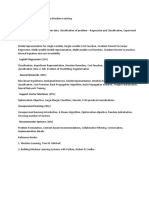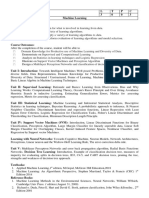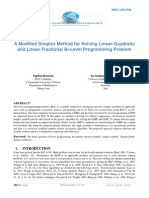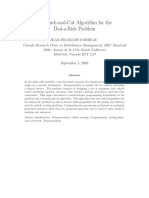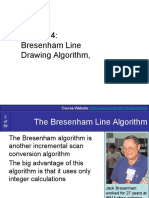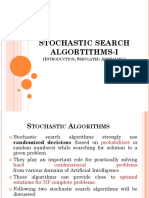0% found this document useful (0 votes)
60 views2 pagesMtech ML Imp Question Bank
The document outlines important questions related to machine learning across five units, covering topics such as well-posed problems, supervised learning, statistical learning, support vector machines, and decision tree learning. Each unit includes questions that explore fundamental concepts, methodologies, and applications in machine learning. The questions aim to deepen understanding of key principles and techniques in the field.
Uploaded by
nvrinmvrCopyright
© © All Rights Reserved
We take content rights seriously. If you suspect this is your content, claim it here.
Available Formats
Download as DOCX, PDF, TXT or read online on Scribd
0% found this document useful (0 votes)
60 views2 pagesMtech ML Imp Question Bank
The document outlines important questions related to machine learning across five units, covering topics such as well-posed problems, supervised learning, statistical learning, support vector machines, and decision tree learning. Each unit includes questions that explore fundamental concepts, methodologies, and applications in machine learning. The questions aim to deepen understanding of key principles and techniques in the field.
Uploaded by
nvrinmvrCopyright
© © All Rights Reserved
We take content rights seriously. If you suspect this is your content, claim it here.
Available Formats
Download as DOCX, PDF, TXT or read online on Scribd
/ 2


















